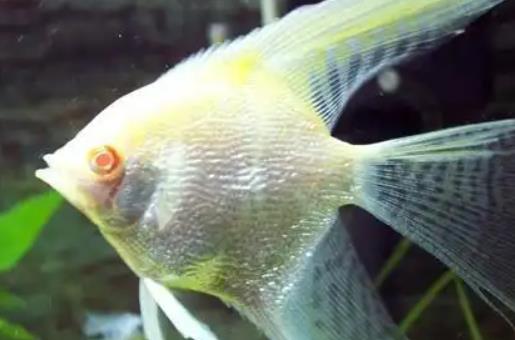The size of the fish tank needed for angelfish mainly depends on the number of angelfish being raised and whether other fish are kept in the same tank.

Recommendations on Fish Tank Size
- Keeping Angelfish Alone: If you only keep angelfish, it is recommended that the fish tank has a volume of at least 100 liters or more. This can provide sufficient swimming space. The length of the fish tank should be over 1 meter. This not only meets the needs of angelfish but also offers a great viewing experience.
- Mixing with Other Fish: If you plan to mix angelfish with small ornamental fish such as neon tetras, otocinclus catfish, guppies, etc., the size of the fish tank should be such that the ratio of angelfish to the tank space is 1:5 or more. This can ensure the angelfish have enough room to move around and also enhance the ornamental value.
Other Suggestions for Choosing a Fish Tank
- Filtration System: A powerful filtration system is the key to maintaining water quality. External or internal filter canisters are recommended. Combine them with filter materials like bio - cotton and ceramic rings to establish a stable biological filtration environment.
- Heating Equipment: Since angelfish are tropical fish, the water temperature needs to be maintained between 25 - 30°C. Use an adjustable - power heating rod to ensure the water temperature remains stable.
- Oxygenation Equipment: Choose an oxygenation system with a relatively high power but low operating noise to ensure there is sufficient oxygen in the fish tank.
Care Knowledge for Angelfish
- Water Quality Management: Keep the pH value between 6.5 - 7.0 and the hardness between 4 - 12. Regularly test the water quality and make adjustments. Replace 1/4 to 1/3 of the water volume every week. New water should be pre - aired or treated with a dechlorinator in advance.
- Feeding: Follow the principle of "feeding small amounts but frequently". Feed 2 - 3 times a day, and each time, the amount of food should be such that the fish can finish it within 5 minutes. Avoid overfeeding to prevent water pollution and obesity in fish.
